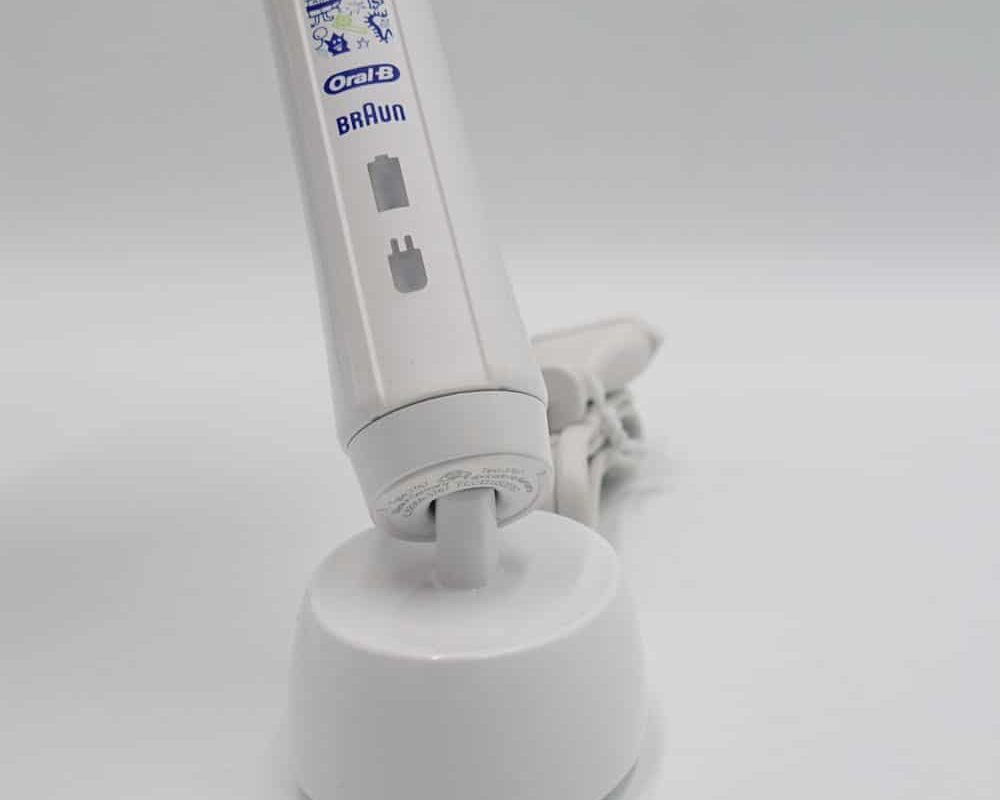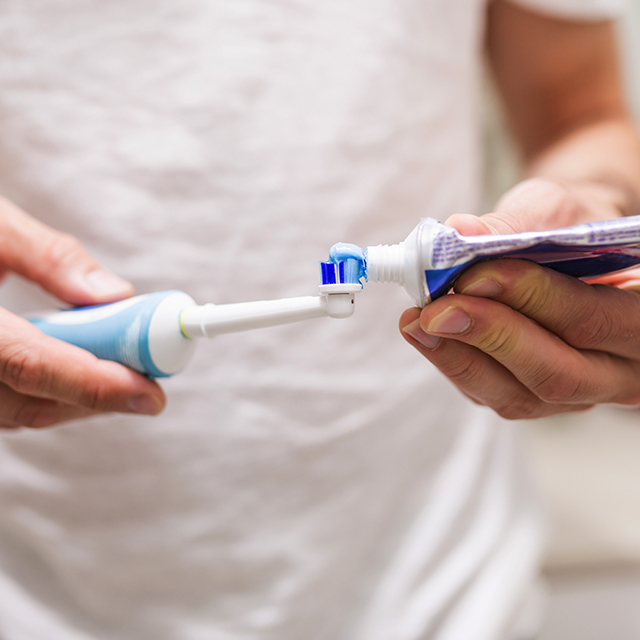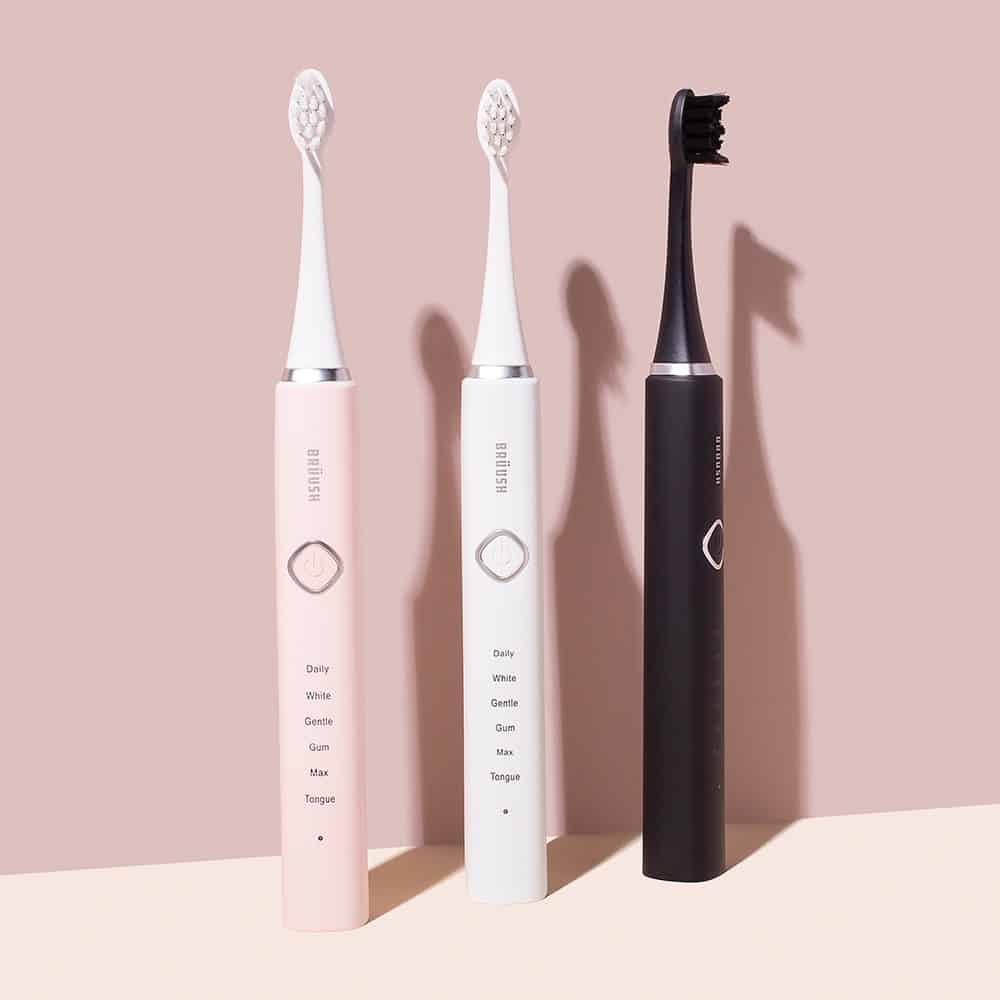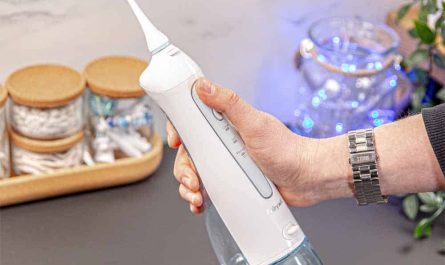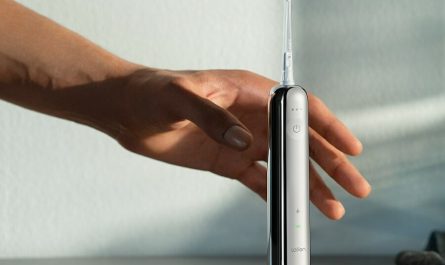Introduction:
Electric toothbrushes have become a staple in oral hygiene, touted for their efficiency and advanced features. However, many users find themselves startled by the sudden halt in performance of their electric toothbrushes. If you’ve asked, “Why did my electric toothbrush stop working?”, you are not alone. Understanding the common issues that plague these devices can help you identify the problem and perhaps even rectify it without the need for a replacement.
Common Issues with Electric Toothbrushes
To grasp why your electric toothbrush has stopped functioning, it’s essential to recognize some common issues that users frequently encounter. These issues may range from battery problems to mechanical failures, each requiring different approaches to troubleshoot and resolve.
Battery Complications
One of the primary reasons your electric toothbrush may stop working is battery-related complications. Batteries are the lifeline of most electric devices, and they can wear out over time.
Battery Aging
Most electric toothbrushes utilize rechargeable lithium-ion batteries. Over time, these batteries can lose their ability to hold a charge. If your toothbrush doesn’t hold a charge anymore or requires frequent recharging, it may be an indication that the battery is aging or has reached the end of its life cycle. Typically, manufacturers recommend replacing your toothbrush every three to five years, depending on how often you use it.
Charging Issues
Another battery-related concern could be related to the charging mechanisms. Ensure you’re using the right charger for your model. A faulty charger or using an incompatible one can lead to inadequate charging. Inspecting the charging cord for frays or breaks is also vital; a damaged cord might fail to send power to your toothbrush.
Mechanical Failures
Apart from battery issues, mechanical failures can cause your toothbrush to stop working.
Broken Bristle Head
If you notice that your toothbrush has abruptly stopped working, check the bristle head. Over time, the motor that drives the brush head can wear out due to regular use. If the bristles are too worn down or broken, the motor may become inefficient, leading to an eventual halt in functionality.
Faulty Motor
Your electric toothbrush’s motor is a crucial component that enables the bristle head to oscillate or vibrate. If the motor is faulty or has burned out, the toothbrush will stop working altogether. Unfortunately, motor issues often require professional repair or replacement, making it less cost-effective to fix than to simply buy a new toothbrush.
Water Damage
We often assume that electric toothbrushes are waterproof, but this assumption can be misleading. Prolonged exposure to water may damage electrical components within your toothbrush.
Improper Cleaning
If you’re cleaning your toothbrush under running water or submerging it, this could lead to water entering areas where it shouldn’t, leading to short circuits. Make sure that you’re following the manufacturer’s guidelines on how to clean your toothbrush properly to avoid such damage.
Software Glitches
Modern electric toothbrushes often come equipped with smart technology, connecting to apps and offering real-time feedback. However, sometimes this sophisticated technology can malfunction.
App Connection Problems
If your electric toothbrush connects to an app, ensure there are no software glitches. Updating the app or resetting the connections can sometimes resolve minor issues. If your toothbrush relies on software for operational functions, a glitch can prevent it from working effectively.
System Reset Required
Some toothbrushes allow users to reset the system in case of technical issues. When facing problems, consult your Bluetooth-enabled device’s operational manual to determine whether a factory reset is necessary.
User Error
It’s always possible that the reason your toothbrush has stopped working is a simple user error.
Not Charging Properly
If you’ve inadvertently removed your toothbrush from the charger prematurely, it may not have had enough time to charge fully. Always allow adequate time for it to charge, as even a short lack of charging can lead to critical errors.
Activation Settings
Some models require specific settings for activation. Make sure you’re pressing the correct buttons. Some brushes have a built-in protection mechanism that prevents them from powering on if the settings are not met.
Environmental Factors
Sometimes, the issues with your electric toothbrush may stem from environmental factors that might not immediately come to mind.
Temperature Extremes
Extreme heat or cold can affect the performance of your electric toothbrush. Storing it in a bathroom that is prone to humidity or temperature fluctuations can wear out its components faster. Aim to store your toothbrush in a stable environment, away from direct moisture.
Storage Conditions
Closely related to temperature extremes, the way you store your toothbrush can also influence its longevity. Keeping it stored in a closed case without ventilation can create conditions for moisture build-up, inviting bacteria or mold.
Troubleshooting Your Electric Toothbrush
Now that we’ve identified some common reasons your toothbrush may stop functioning, it’s time to discuss troubleshooting techniques you can employ to diagnose and hopefully resolve the problem.
Step 1: Check the Charger
Before assuming your toothbrush is broken, check the charger. Ensure that it’s plugged into a functional outlet, and if possible, test it with another device.
Step 2: Assess the Battery
Next, look at the battery. If possible, remove it and inspect it for signs of bulging or leaks. Batteries have a finite life, so if the toothbrush is old, consider replacing it.
Step 3: Clean and Inspect the Brush
Clean the brush thoroughly to ensure no debris or toothpaste is clogging any part of the device. Also, perform a visual inspection for any breaks or signs of damage.
Step 4: Look for Mechanical Issues
If the above steps don’t reveal anything, check for mechanical issues. Try gently shaking the toothbrush to see if you can hear anything loose inside, which might indicate internal damage.
Step 5: Reset the Device
If your toothbrush is a smart model, consider performing a factory reset to see if it resolves any software glitches.
Step 6: Consult the Manual
Porcelain or plastic parts can sometimes lead to trouble when they break or crack. Refer to your user manual for guidance on parts replacement and troubleshooting specific to your model.
When to Replace Your Electric Toothbrush
If you’ve conducted thorough troubleshooting without results, it may be time to consider replacing your electric toothbrush.
Signs It’s Time for a Replacement
- Frequent Malfunctions: If your toothbrush stops working multiple times, it might be a hint that the internal components are degraded.
- Battery Issues: If the battery can no longer hold a charge or requires constant replacement, it may be time for a new toothbrush.
- Dirty and Worn: Even with regular cleaning, your toothbrush can collect bacteria. If the bristles are frayed or the plastic is dirty beyond cleaning, it may be more hygienic to buy a fresh model.
- Upgrade Opportunities: If your toothbrush lacks features that you want, like advanced cleaning modes or app connectivity, consider investing in a better model.
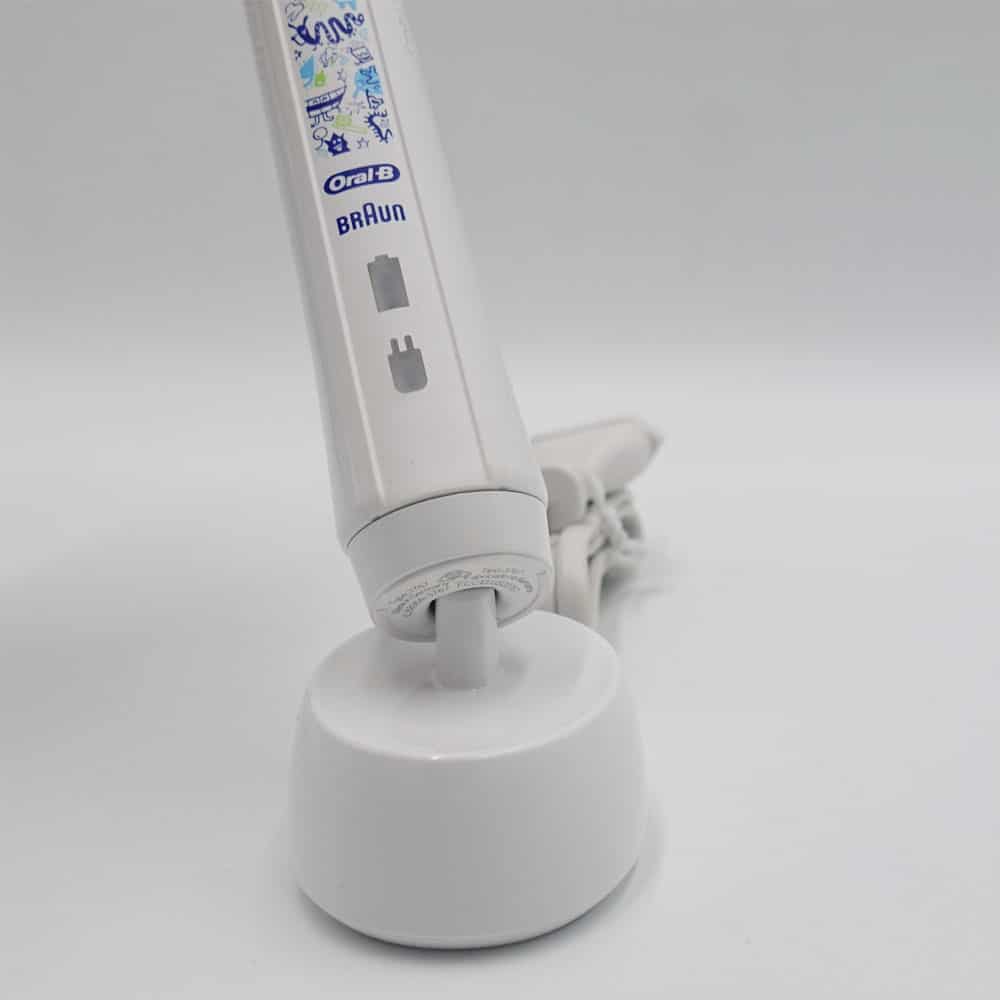 Choosing the Right Replacement
Choosing the Right Replacement
When it comes time to buy a new electric toothbrush, you’ll find there are many options available. Here are a few tips to help in your decision:
Look for Trusted Brands
Brands such as Oral-B and Philips Sonicare have a reliable reputation for both quality and performance.
Compare Features
Choose features that align with your dental health needs. Options include different brushing modes, timers, and pressure sensors.
Read Customer Reviews
Before buying, scour customer reviews for insights regarding durability, effectiveness, and user experience.
Conclusion
In conclusion, asking yourself, “Why did my electric toothbrush stop working?” can lead you down a path of troubleshooting and understanding the common pitfalls of these convenient devices. Whether your toothbrush has battery issues, mechanical failures, or user errors contributing to its malfunction, the good news is that many problems can be addressed with simple troubleshooting techniques.
However, should all troubleshooting efforts come up empty, replacement may often prove wise for both hygiene and functionality. Ultimately, making sure you choose a reliable model with features suited to your needs will contribute to improved oral health for years to come. Understanding how to care for and maintain your electric toothbrush is simply an investment in your dental hygiene journey.

